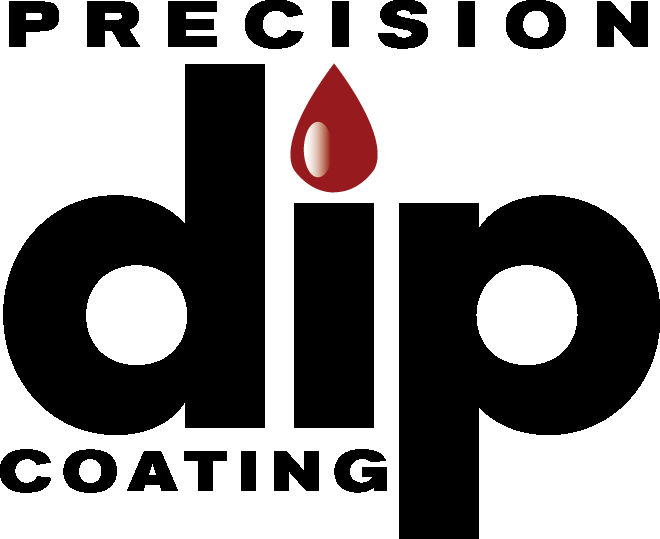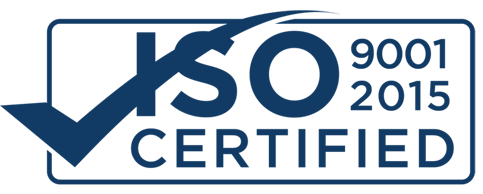The Science Behind Coatings for Noise Reduction and Vibration Isolation in EV Components
Understanding the Role of Coatings in EV Noise and Vibration Management
Electric vehicles (EVs) present a unique challenge: they’re quiet—sometimes too quiet. The lack of engine noise exposes subtle vibrations and component sounds that were previously masked. As a result, coatings designed to reduce noise and isolate vibration are now more important than ever in EV design. At Precision Dip Coating, we provide scientifically engineered coating solutions that help OEMs meet these demanding acoustic and performance standards.
Why Noise and Vibration Are Bigger Issues in EVs
In traditional internal combustion engine (ICE) vehicles, engine and exhaust noise typically mask other mechanical sounds. In EVs, however, these sources are absent, making even the smallest buzz, rattle, or vibration noticeable. High-frequency whines from electric motors, vibrations from power electronics, and road feedback through lightweight frames all contribute to NVH (Noise, Vibration, Harshness) challenges.
To maintain a quiet, comfortable ride and extend component life, engineers must find passive solutions to minimize noise at the source—and that’s where coatings come in.
The Physics of Noise and Vibration in Electric Vehicles
Noise and vibration originate from mechanical contact, resonance, and energy transfer between surfaces. When two components touch or operate at high speed, they generate micro-movements and frequencies that can resonate throughout the vehicle. Without traditional sound-masking from an engine, these micro-sources become macro problems.
Coatings reduce vibration by:
- Damping: Converting vibrational energy into heat through elastic deformation
- Isolation: Preventing direct contact between surfaces
- Absorption: Soft materials reduce sound waves and impact energy
Key Coating Technologies for EV Component Noise and Vibration Control
1. Plastisol Coatings
A thick, flexible PVC-based coating ideal for absorbing vibration and reducing impact noise. Commonly used on battery brackets, motor mounts, and fasteners.
2. Nylon Coatings
Tough yet moderately flexible, nylon helps isolate vibrations in mechanical assemblies such as gear housings and electronic enclosures while providing excellent wear resistance.
3. Epoxy Coatings
While not flexible, epoxy offers strong surface bonding and helps minimize contact-related vibration. Often used in battery trays and structural components.
4. Powder Coating (Fluid Bed & Electrostatic Spray)
Provides consistent surface coverage for components that experience micro-movements. These coatings enhance rigidity and can be combined with other materials for composite damping layers.
EV Components That Benefit Most from Advanced Coatings
EVs have unique component groups that are sensitive to noise and vibration, such as:
- Battery trays and cases – Plastisol and epoxy coatings reduce rattles and protect against corrosion.
- Electric drive units and inverters – Nylon coatings minimize operational vibration and protect electronics.
- Mounting brackets and housings – Powder coatings add durability and reduce vibrational fatigue.
- Interior fasteners and clips – Coated components prevent squeaks and rattles in the cabin.
These applications help automakers deliver a refined, quiet driving experience while improving component durability.
Let’s Solve Your EV Coating Challenge Together
Whether you’re engineering for silence in a luxury EV or durability in a fleet vehicle, Precision Dip Coating has the coating solutions to meet your goals. We combine decades of experience with ISO 9001:2015 certified processes to help you select and apply the best materials for your EV components.
Visit us at 176 Chase River Rd, Waterbury, CT 06704
Call (203) 805-4564
Or email us at
sales@precisiondipcoating.com to start your next project.






